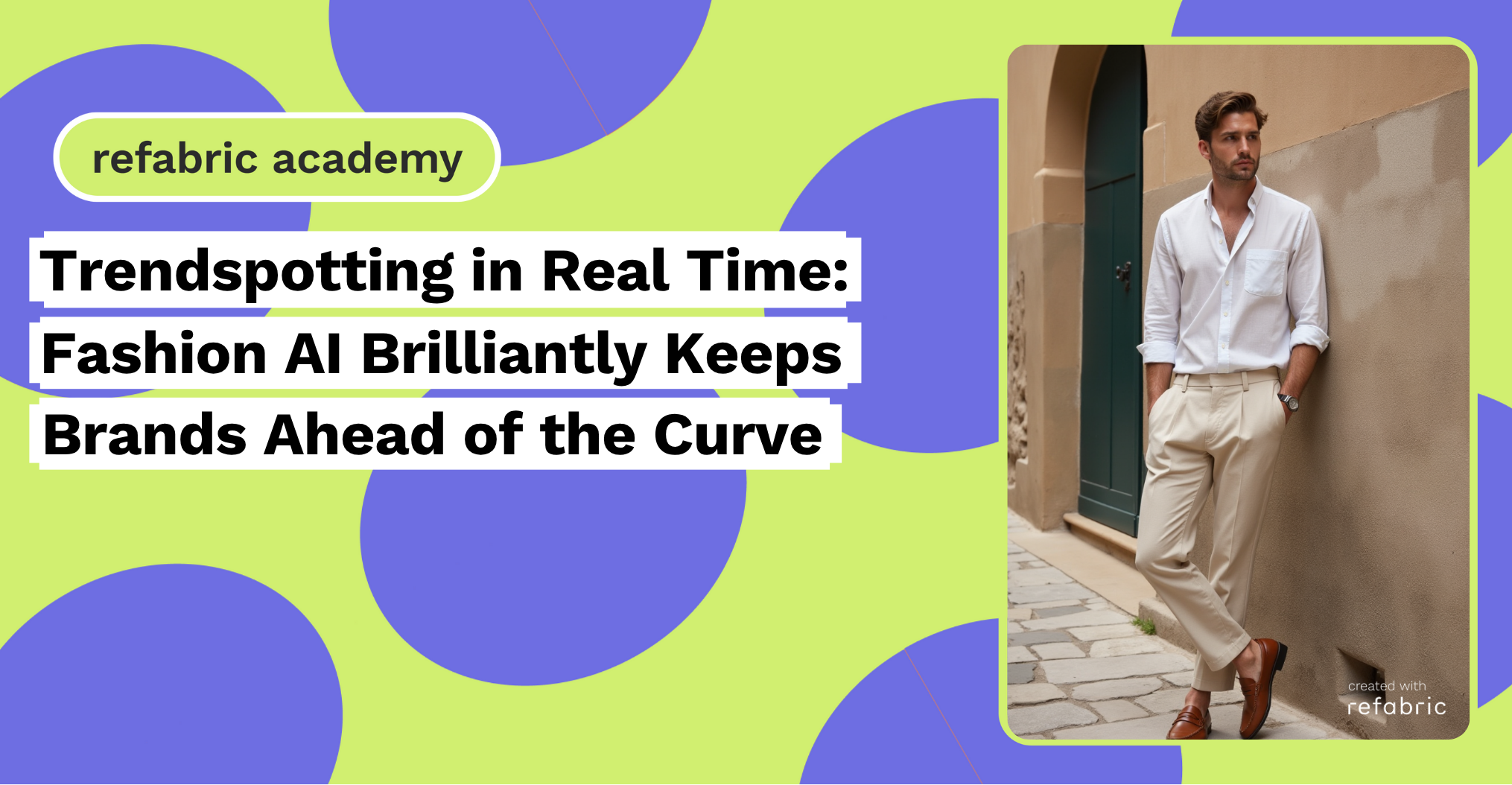Fashion AI is transforming how brands stay on top of what consumers want. By combining big data, machine learning, and trend analysis, fashion AI eliminates guesswork and provides a fast track to understanding what’s hot, and what’s not. In an industry where timing is everything, this kind of precision is not just useful, it’s essential.
Fashion AI and the New Era of Instant Insights
Traditional trend forecasting methods once relied on fashion week reports, cultural research, and expert intuition. While these tools still hold value, their long timelines make them less adaptable to today’s rapidly evolving style landscape. Fashion AI introduces a more dynamic approach. By analyzing real-time data from social media, search trends, street style photos, and e-commerce behavior, it provides up-to-the-minute insight into consumer preferences.
Instead of waiting for quarterly reports or seasonal fashion week rundowns, brands can now access live signals that reflect what people are actually wearing, sharing, and searching for. This shift allows for more agile decision-making and reduces the risk of launching a collection that misses the mark.
What Fashion AI Sees That We Don’t
Fashion AI doesn’t just look for what’s obvious. It goes deeper. By analyzing millions of images and behavioral patterns, it identifies subtle changes in color palettes, silhouettes, textures, and even layering techniques. These micro-trends may go unnoticed by the human eye but can be powerful indicators of what’s next.
More importantly, fashion AI tracks the lifecycle of a trend, from emergence to saturation to decline. This kind of insight helps designers know when to jump on a look and when to move on, ensuring collections stay fresh and forward-looking.
A Competitive Edge for Smart Brands
Speed and relevance are two of the most critical assets for fashion brands today. Fashion AI allows creative teams to adapt collections and campaigns with confidence. For example, if a certain print or material starts trending unexpectedly due to a viral moment or celebrity appearance, fashion AI picks up on it quickly, days or even hours after it begins. Designers can respond by incorporating similar elements into their upcoming collections or digital marketing campaigns.
In the past, brands that lagged behind often faced markdowns, excess inventory, and poor engagement. Today, those using fashion AI are not only avoiding these pitfalls but are gaining a reputation for being trendsetters and innovators.
From Global Trends to Local Relevance
Another advantage of fashion AI is its ability to analyze data across regions. What’s trending in Seoul might not be trending in São Paulo. With AI’s geo-specific insights, brands can tailor their collections and marketing strategies based on what resonates locally. This level of personalization adds another layer of relevance, allowing even global brands to connect more authentically with diverse markets.
For smaller or emerging designers, fashion AI levels the playing field. They no longer need massive trend research teams to understand their target audience. With the right AI tools, even a small studio can create collections that feel current and culturally aware.
Better Design Decisions, Smarter Sustainability
Fashion AI isn’t just about spotting trends, it’s also about avoiding waste. By producing what people actually want, when they want it, brands can reduce overproduction. AI-generated insights can guide smarter inventory planning and more sustainable use of materials.
When design teams have access to AI-generated forecasts, they’re better equipped to make decisions that are both creative and commercially viable. This fusion of artistry and data makes for a more efficient, responsive, and ultimately more sustainable fashion cycle.
What’s Next for Real-Time Trendspotting
As AI technologies continue to evolve, expect even more refined capabilities, from mood recognition to voice-command style exploration. Fashion AI will likely become more integrated with virtual showrooms, 3D design platforms, and even AR experiences, offering new ways to test trends before they hit production.
But one thing is already clear: fashion AI is changing the tempo of the industry. It’s not about chasing trends anymore, it’s about anticipating them in real time, with clarity and purpose.
For brands using fashion AI, the future isn’t just fashionable, it’s visionary.
